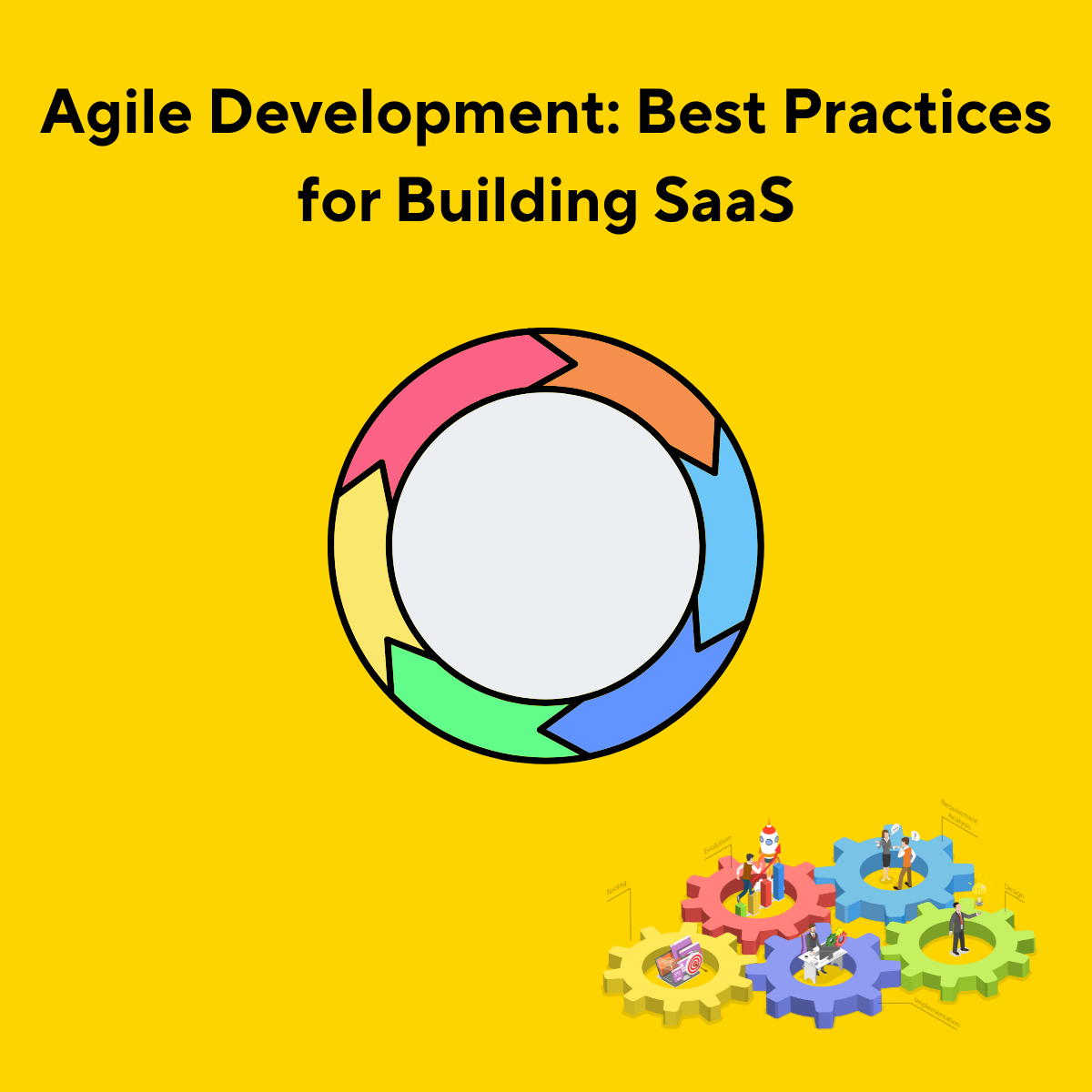Posted At: Aug 14, 2025 - 352 Views

🚀 Agile Best Practices for Building SaaS Applications
Agile development has become the go-to methodology for building SaaS applications because of its flexibility, iterative nature, and emphasis on customer collaboration. By adopting Agile principles, SaaS teams can adapt quickly to changing requirements, deliver faster, and maintain high product quality.
Here’s a deep dive into the best practices that can help you succeed.
🍀 1. Start with a Clear Product Vision
Before diving into development sprints, define a strong product vision. This vision acts as the guiding star for all decisions, from feature prioritization to design choices.
- Engage stakeholders early
- Build a product roadmap aligned with business goals and user needs
- Keep the vision visible and consistent across teams
🍀 2. Build a Cross-Functional Agile Team
Agile thrives on collaboration between diverse skill sets. A cross-functional team typically includes:
- Developers
- Designers
- QA engineers
- Product owners
- DevOps specialists
Such diversity enables better communication, quicker decision-making, and well-rounded solutions.
🍀 3. Adopt Iterative Development & Continuous Delivery
Break development into short 1–2 week sprints, each delivering a potentially shippable increment. Pair this with:
- Continuous Integration (CI) to merge code frequently
- Continuous Deployment (CD) to release updates quickly and safely
This approach reduces risks, accelerates feedback, and keeps your SaaS product evolving rapidly.
🍀 4. Prioritize User Stories & Groom the Backlog
A healthy product backlog ensures your team always works on high-value tasks.
- Write clear, concise user stories
- Hold regular backlog grooming sessions
- Prioritize based on customer impact, dependencies, and business value
🍀 5. Embrace Test-Driven Development (TDD)
In Agile SaaS development, quality is non-negotiable. TDD helps:
- Improve code maintainability
- Prevent regressions
- Ensure new features integrate smoothly
Automated tests in CI pipelines give you confidence that changes won’t break existing functionality.
🍀 6. Engage Users with Regular Feedback Loops
User feedback fuels product improvement. Incorporate:
- Beta testing programs
- Surveys and polls
- Usability studies
Use feedback to iterate quickly and stay aligned with user expectations.
🍀 7. Track Metrics & Optimize Continuously
Measure both Agile delivery metrics and product performance metrics:
- Agile metrics: Velocity, lead time, sprint burndown
- Product metrics: User engagement, churn rate, feature adoption
Data-driven decisions keep your SaaS roadmap sharp and focused.
🍀 8. Foster a Culture of Continuous Improvement
After each sprint, hold retrospectives to discuss wins, challenges, and improvements. Promote:
- Open communication
- A growth mindset
- Willingness to experiment
🍀 9. Ensure Scalability & Security from Day One
SaaS success depends on scaling seamlessly while keeping user data secure.
- Build scalability into your architecture early
- Implement security best practices and compliance checks
- Include automated security tests in your CI/CD pipelines
🚀 Top Agile Project Management Tools for SaaS Teams
- Jira
- Trello
- Asana
- ClickUp
- Monday.com
- Targetprocess
- VersionOne
- Clubhouse
✅ Key Takeaway: By combining Agile principles with SaaS-specific priorities like scalability, security, and continuous delivery, teams can ship high-quality products faster and keep evolving based on user needs.
